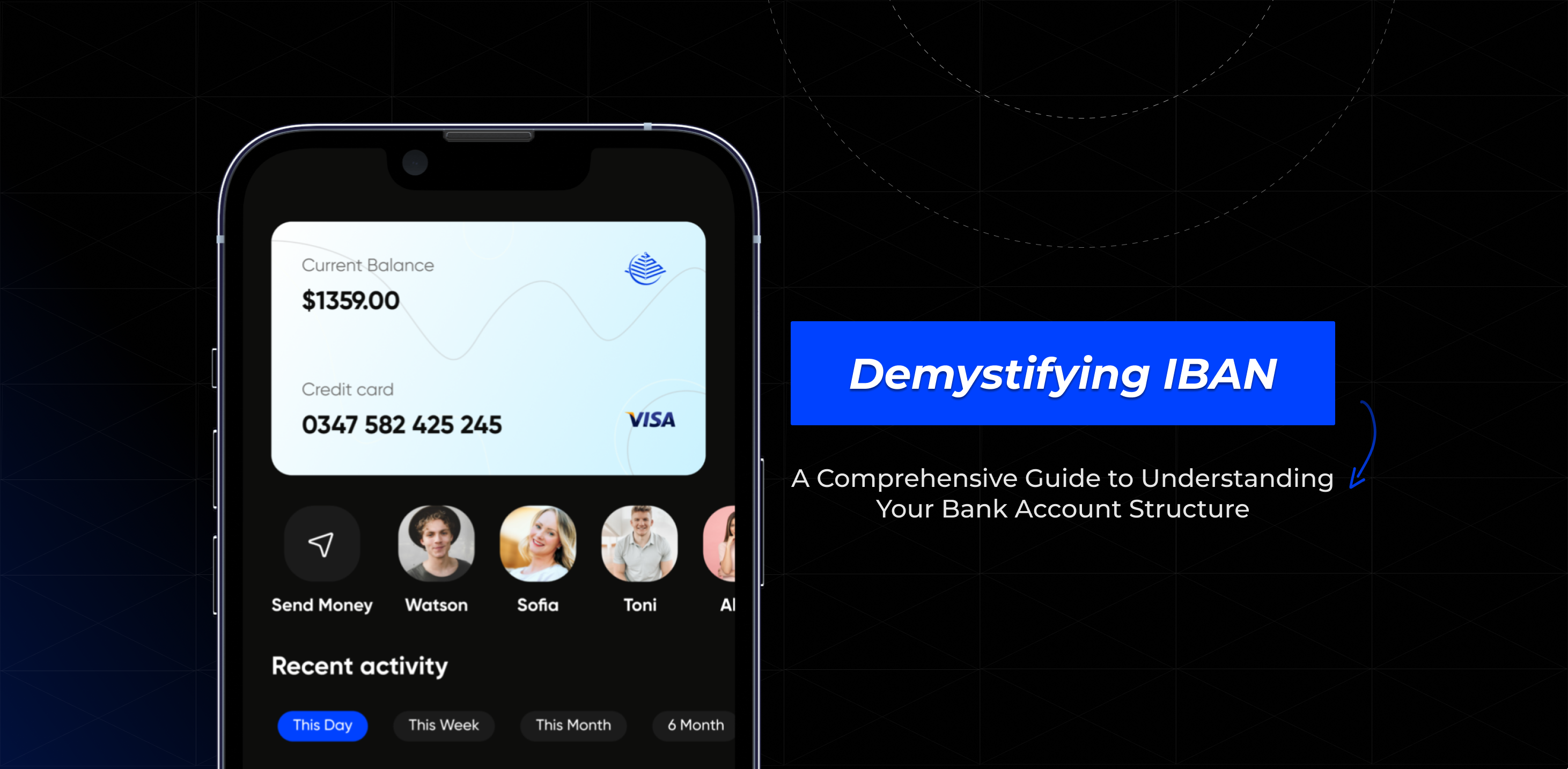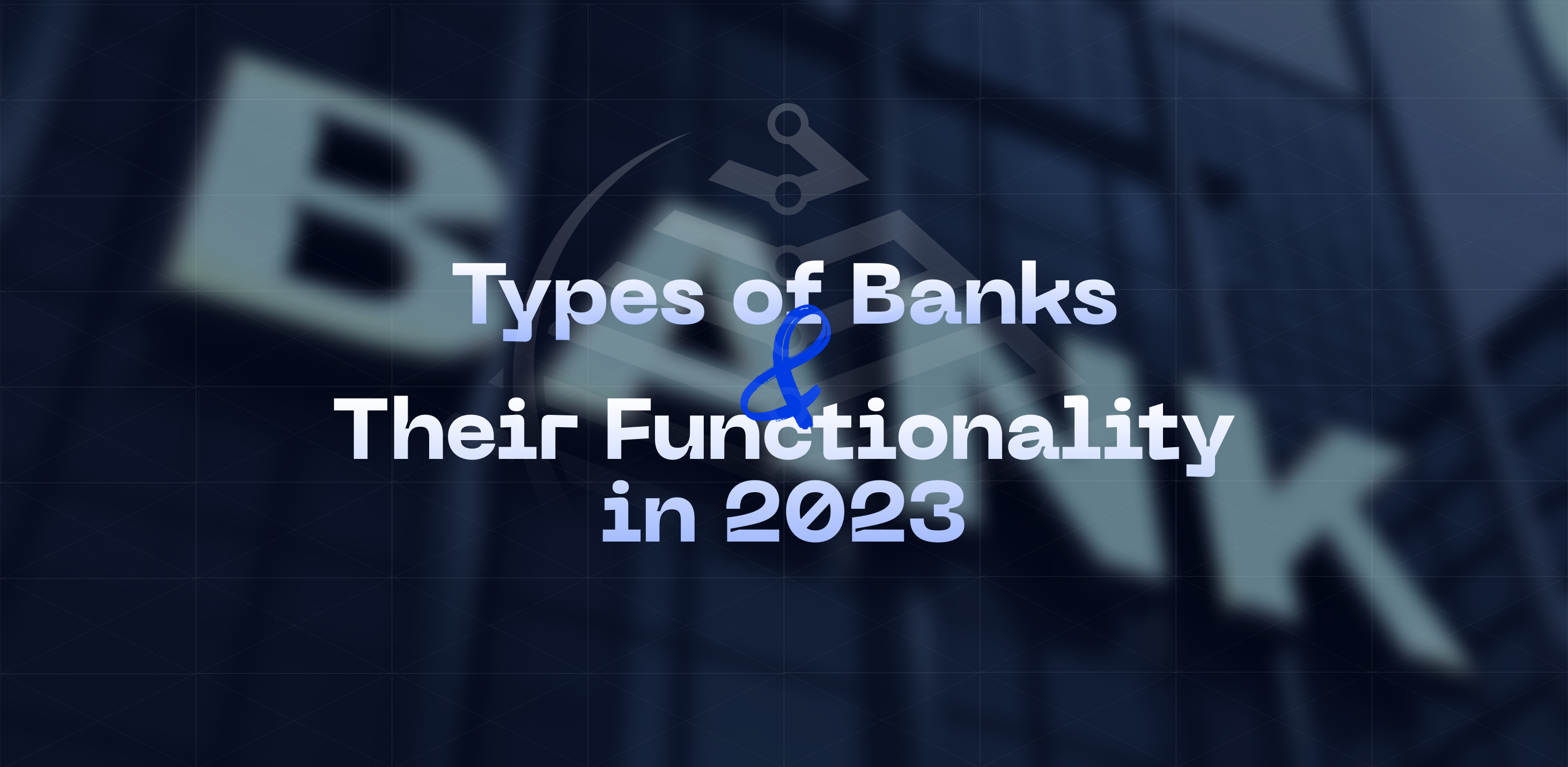Introduction
In today’s digital age, banking has become an integral part of our lives. Whether it’s receiving our monthly salary or making online purchases, having a bank account is essential. However, with the increasing complexity of financial systems, it’s crucial to understand the structure of your bank account. In this comprehensive guide, we will delve into the world of International Bank Account Numbers (IBANs) and demystify their importance. We’ll explore the structure of an IBAN, how to find it, its benefits, and its impact on international transactions. So let’s dive in and gain a deeper understanding of this crucial aspect of modern banking.
What is IBAN and why is it important?
The International Bank Account Number (IBAN) is a standardized numbering system used to identify bank accounts globally. It was introduced to facilitate international transactions and ensure the accuracy of payments. IBANs are essential because they provide a unique identifier for each bank account, enabling seamless and efficient transactions. By using an IBAN, banks can easily identify the recipient’s account and ensure that funds are transferred to the correct destination.
The importance of IBAN lies in its ability to simplify and streamline international payments. Without IBANs, transferring money to different countries would be cumbersome, requiring complex manual processes and verification. With the use of IBANs, banks can process transactions more efficiently, reducing errors and delays. Additionally, IBANs enhance the security of transactions by minimizing the risk of funds being sent to the wrong account.
IBANs are not only crucial for individuals but also for businesses engaged in global trade. Having an IBAN allows companies to receive international payments smoothly, expanding their reach and enabling them to tap into new markets. Therefore, understanding the structure of an IBAN and its significance is paramount for anyone involved in international transactions.
The structure of an IBAN
An IBAN consists of a series of alphanumeric characters that provide essential information about a bank account. The structure of an IBAN may vary depending on the country, but it generally follows a set format.
Let’s break down the components of an IBAN to better understand its structure:
- Country Code: The first two letters of an IBAN represent the country where the bank account is held. For example, “GB” represents the United Kingdom, “DE” represents Germany, and “US” represents the United States.
- Check Digits: Following the country code, two digits serve as a checksum to ensure the accuracy of the IBAN. These digits are generated using a specific algorithm, which allows banks to validate the integrity of the IBAN.
- Bank Identifier: The bank identifier is a series of characters that identify the specific bank where the account is held. It helps in routing the payment to the correct financial institution.
- Branch Identifier: In some countries, an additional branch identifier is included in the IBAN to specify the exact branch or location of the bank.
- Account Number: The account number is the final component of an IBAN. It uniquely identifies the individual bank account within the specified bank and branch.
Understanding the structure of an IBAN provides a glimpse into the wealth of information it contains. Each component plays a vital role in ensuring accurate and efficient international transactions.
How to find your IBAN
Finding your IBAN is relatively straightforward. There are several ways to obtain your IBAN, depending on your banking provider and location.
Here are some common methods:
- Bank Statements: Most banks include the IBAN on account statements, making it easily accessible to account holders. Look for a section that lists your account details, and you should find your IBAN listed there.
- Online Banking: If you have access to online banking, your IBAN is typically displayed when you log in to your account. Navigate to the account information section, and you should be able to locate your IBAN.
- Bank Branch: If you prefer a more personal approach, you can visit your bank branch and ask a customer service representative to provide you with your IBAN. They will be able to assist you and ensure you have the correct information.
- Mobile Banking Apps: Many banking apps offer the convenience of accessing your IBAN directly from your mobile device. Simply log in to your banking app and navigate to the account details section to find your IBAN.
Regardless of the method you choose, it’s essential to double-check the accuracy of your IBAN before initiating any international transactions. One small error could result in funds being sent to the wrong account, causing unnecessary complications and delays.
IBAN vs. SWIFT code
While IBANs and SWIFT codes serve similar purposes in facilitating international transactions, they are distinct elements of the banking system. Understanding the differences between these two identifiers is crucial for navigating the complexities of global banking.
An IBAN is unique to each client and provides information about the country, bank, branch, and account number. It acts as a standardized format for identifying accounts across borders and is widely used in European countries and several others around the world.
On the other hand, a SWIFT code (also known as a Bank Identifier Code or BIC) is a unique identification code for a specific bank or financial institution. It primarily facilitates communication between financial institutions during international transactions. SWIFT codes are used to identify the recipient’s bank and ensure the funds are routed correctly.
In essence, while IBANs provide detailed information about a specific bank account, SWIFT codes help identify the relevant banks involved in the transaction. Both IBANs and SWIFT codes work together to ensure accurate and efficient international payments.
The benefits of using IBAN
The use of IBANs offers several benefits to both individuals and businesses engaged in international transactions. Let’s explore some of the advantages of utilizing IBANs:
- Streamlined International Payments: IBANs enable seamless cross-border transactions by providing a standardized format for identifying bank accounts. This simplifies the payment process, reduces errors, and ensures funds are transferred promptly.
- Enhanced Security: By using IBANs, the risk of funds being sent to the wrong account is significantly reduced. The unique structure of an IBAN ensures that payments are directed to the intended recipient, minimizing the potential for fraud or misdirected funds.
- Efficient Account Validation: IBANs make it easier for banks to validate the accuracy of account details. When processing international payments, banks can quickly verify the IBAN and ensure that the account exists, reducing the likelihood of rejected transactions.
- Compatibility with SEPA: The Single Euro Payments Area (SEPA) is an initiative that aims to harmonize electronic payments across European countries. IBANs are a key component of SEPA, as they enable efficient cross-border payments within the SEPA zone, eliminating the need for additional account information.
- Facilitation of Global Trade: For businesses engaged in international trade, having an IBAN is crucial. It allows companies to receive payments from customers around the world, expanding their reach and enabling them to tap into new markets.
The benefits of using IBANs extend beyond convenience; they play a crucial role in facilitating secure and efficient international transactions.
Common misconceptions about IBAN
Despite the widespread use and importance of IBANs, there are some common misconceptions that can lead to confusion. Let’s address these misconceptions and provide clarity:
- IBANs are only required for international transactions: While IBANs are primarily used for international payments, they are increasingly being adopted for domestic transactions as well. Many countries have implemented IBAN usage for both domestic and cross-border transfers to streamline their payment systems.
- IBANs are the same as account numbers: While an IBAN contains the account number, it also includes additional information such as the country code, bank identifier, and check digits. The IBAN provides a standardized format that ensures compatibility and accuracy during international transactions.
- IBANs are only used in Europe: While IBANs were initially introduced in Europe, they are now used in many countries worldwide. Various regions, including the Middle East and parts of Asia, have adopted the IBAN system to facilitate international payments.
It’s essential to understand these common misconceptions to fully grasp the significance and applicability of IBANs in today’s global banking landscape.
How IBAN affects international transactions
The use of IBANs has revolutionized international transactions, making them more efficient and secure. Let’s explore how IBANs impact various aspects of cross-border payments:
- Accuracy of Payments: IBANs ensure that payments are directed to the correct recipient’s account. By including detailed information about the bank and account number, IBANs minimize the risk of funds being sent to the wrong destination.
- Efficient Routing: IBANs play a crucial role in routing payments between banks. They provide the necessary information to ensure that funds are transferred through the appropriate banking networks, reducing delays and ensuring prompt delivery.
- Compliance with Regulatory Requirements: IBANs enable banks to comply with regulatory requirements related to international transactions. The use of standardized IBANs facilitates transparency and accountability, ensuring adherence to anti-money laundering (AML) and know-your-customer (KYC) regulations.
- Simplified Reconciliation: IBANs simplify the reconciliation process for banks and businesses. By including detailed information about the account and bank, IBANs make it easier to match incoming payments with the corresponding accounts, reducing manual effort and errors.
Overall, the adoption of IBANs has significantly improved the efficiency and security of international transactions, benefiting both individuals and businesses engaged in global trade.
Security considerations with IBAN
While IBANs enhance the security of international transactions, it’s important to be aware of potential vulnerabilities.
Here are some security considerations to keep in mind when using IBANs:
- Phishing Attacks: Beware of phishing attacks that attempt to trick individuals into revealing their IBANs or other sensitive banking information. Always ensure that you are accessing your banking services through secure and verified channels.
- Check the Sender: Before providing your IBAN to someone, verify their identity and legitimacy. Scammers may try to obtain your IBAN under false pretenses, so exercise caution when sharing your account details.
- Protect Your Online Banking Credentials: Ensure that your online banking credentials are kept secure and not shared with anyone. Strong passwords and two-factor authentication can provide an additional layer of protection for your accounts.
- Regularly Monitor Your Accounts: Keep a close eye on your bank accounts to identify any suspicious activity. Promptly report any unauthorized transactions or discrepancies to your bank.
By staying vigilant and adopting best practices for online security, you can mitigate the potential risks associated with using IBANs.
Conclusion and final thoughts
International Bank Account Numbers (IBANs) have become an indispensable element of modern banking. They provide a standardized format for identifying bank accounts globally, facilitating seamless and efficient cross-border transactions. Understanding the structure of an IBAN, how to find it, and its benefits is essential for anyone involved in international payments.
IBANs offer numerous advantages, including streamlined international payments, enhanced security, efficient account validation, compatibility with SEPA, and facilitation of global trade. However, it’s important to address common misconceptions and be aware of potential security considerations when using IBANs.
As the world becomes increasingly interconnected, IBANs will continue to play a vital role in facilitating global commerce. By demystifying IBANs and gaining a comprehensive understanding of their importance, we can navigate the complexities of international banking with confidence and efficiency.








